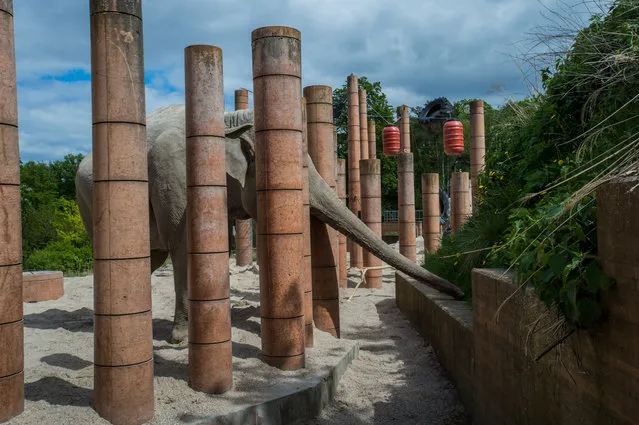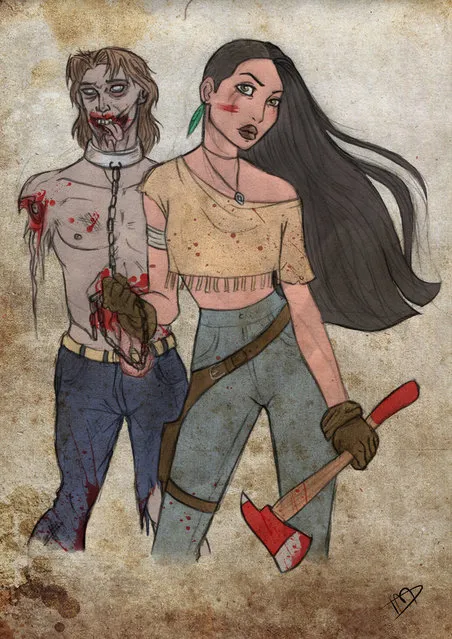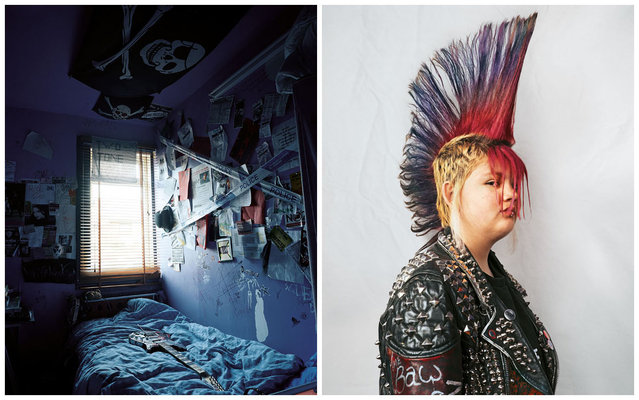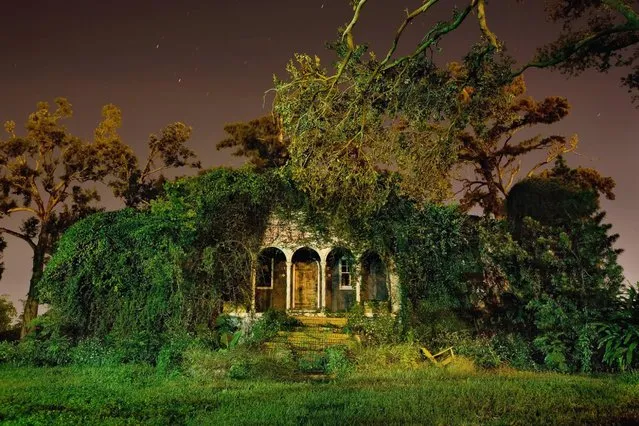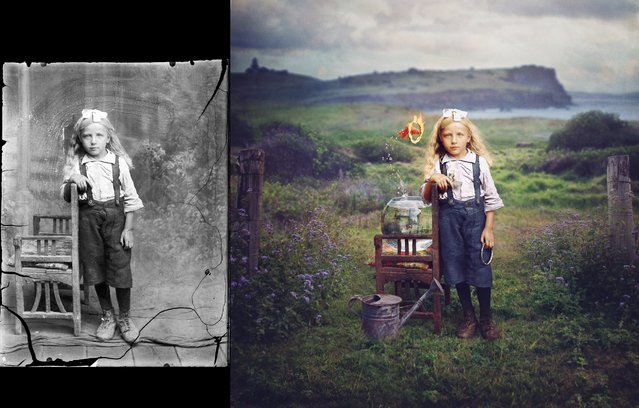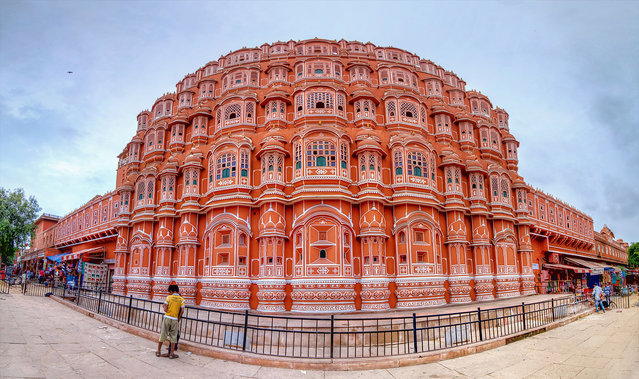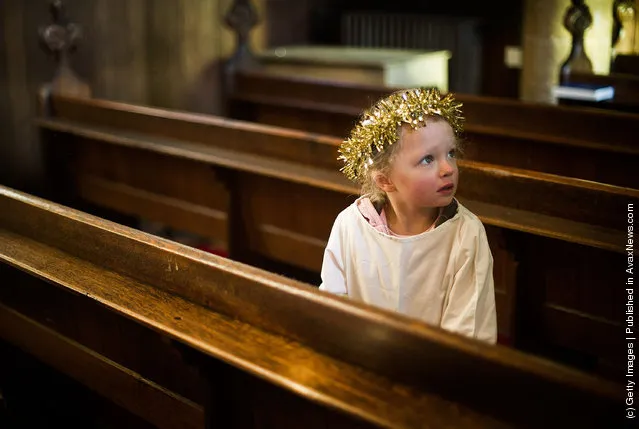
Cathryn Shrimpton, 4, prepares to play the Angle Gabriel during a traditional Christmas Nativity on December 18, 2011, at St Mary's Church, Myton Village, England. In schools and churches around the country children busy preparing and performing in the telling of the traditional nativity story. (Photo by Bethany Clarke/Getty Images)
20 Dec 2011 13:18:00,post received
0 comments

